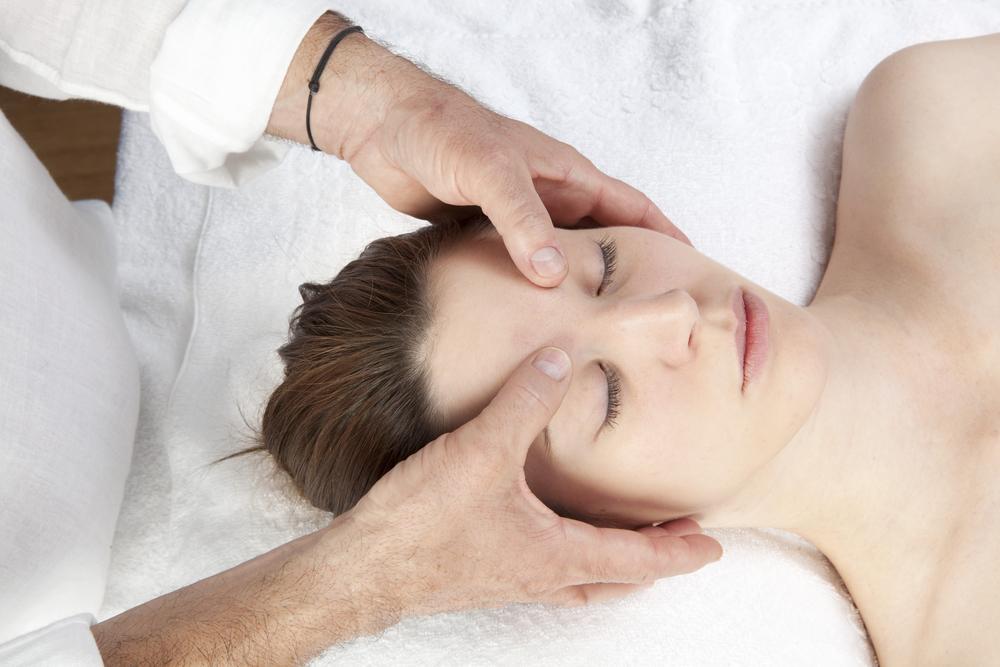Understanding Hormonal Factors and Their Role in Migraine Development and Management
This comprehensive article explores how hormonal fluctuations influence migraine development, highlighting triggers such as menstrual cycles, pregnancy, menopause, and hormone therapy. It offers practical tips on managing external triggers, dietary strategies, and medications to effectively control hormonal-related migraines. Understanding these factors helps women tailor treatments to reduce migraine frequency and severity, improving their overall quality of life. The article emphasizes the importance of holistic management combining lifestyle, diet, and medical intervention for optimal results.

Hormonal Influences on Migraine Occurrences and Management Strategies
Headaches, especially migraines, are among the most prevalent neurological conditions affecting millions around the globe. While numerous environmental, lifestyle, and genetic factors can contribute to the onset and severity of migraines, hormonal fluctuations stand out as a significant and often underestimated trigger. Particularly in women, hormonal dynamics profoundly influence the frequency, intensity, and occurrence of migraines. This comprehensive guide delves into how hormonal changes impact migraine development, the specific triggers linked to hormonal shifts, and effective strategies—including lifestyle adjustments, diet, and medication—to better manage and prevent migraines related to hormonal factors.
Hormonal Fluctuations as Triggers for Migraines in Women
Women experience a unique pattern of hormonal variations throughout their lives that can predispose them to more frequent and severe migraines. Key life stages involving hormonal shifts, such as menstrual cycles, pregnancy, menopause, and the use of hormone-based therapies, are often associated with increased migraine incidence. Understanding these hormonal influences allows for better management and treatment strategies, tailored specifically for women.
Menstrual Cycle and Migraine Connection
The menstrual cycle is governed primarily by fluctuating levels of estrogen and progesterone. During menstruation, estrogen and progesterone levels typically drop sharply, which can trigger migraines in women who are susceptible. This phenomenon, known as menstrual or hormonally related migraine, is common among many women who report a pattern of migraine episodes coinciding with their periods.'
Early pregnancy introduces a complex hormonal environment, characterized by rising estrogen levels that support fetal development. Many women report that migraines either diminish or worsen during this period, depending on individual hormonal responses. Similarly, menopause signifies a significant hormonal shift marked by declining estrogen and progesterone levels, often leading to new or increased migraine episodes. Hormone Replacement Therapy (HRT), used to manage menopausal symptoms, can either alleviate or exacerbate migraine symptoms depending on formulation and individual hormonal responses.
Birth control pills and other hormonal contraceptives alter natural hormone levels, which in some women, increase the likelihood of experiencing migraines. While some women find relief using hormonal therapy, others may notice their migraines worsening due to the hormonal imbalances induced by these medications. It's crucial for women on hormonal treatments to monitor their migraine patterns closely and consult healthcare professionals for tailored management strategies.
External Triggers and Factors Affecting Migraine SeverityBeyond hormonal fluctuations, several external factors influence the frequency and severity of migraines, often amplifying the effects of hormonal triggers. These include:
High stress levels and chronic anxiety, which can cause hormonal and neurotransmitter imbalances, leading to migraines
Exposure to bright lights and loud noises, both of which can provoke migraine episodes
Sleep disruptions such as sleep deprivation or jet lag, impacting hormonal and neurological stability
Dietary factors like food additives, preservatives, and certain strong odors
Sudden weather changes that can influence hormonal and neural responses
Intense physical activity, which, while generally beneficial, can sometimes trigger migraines in susceptible individuals
Managing these external factors effectively can significantly reduce migraine frequency and severity, particularly when coordinated with hormonal management strategies.
Dietary Approaches to Reduce Hormonal and Migraine TriggersAdopting specific dietary changes can be highly effective in minimizing migraine attacks linked to hormonal fluctuations. Nutrient-rich foods support hormonal balance, nerve health, and overall well-being, thereby reducing the likelihood and intensity of migraines.
Fruits for Migraine Relief
Consuming fruits like bananas provides essential potassium and magnesium, which energize and stabilize nerve function. Watermelon offers hydration, crucial for maintaining electrolyte balance. Berries such as blueberries and strawberries are rich in antioxidants and anti-inflammatory compounds that help decrease sinus pressure and reduce migraine severity.
Green Vegetables and Their Role in Hormonal Balance
Cruciferous vegetables like broccoli and Brussels sprouts contain plant compounds that support detoxification and hormonal regulation. Leafy greens, including spinach and kale, are excellent sources of magnesium—an essential mineral known to relax nerve and blood vessel walls, thereby reducing migraine risk.
Hydrophilic Beverages for Preventing Headaches
Hydration is paramount in preventing electrolyte imbalances that can precipitate migraines. Drinking plenty of water is fundamental. Moreover, regulated caffeine intake from coffee and tea can be beneficial, as caffeine is often included in migraine medications due to its vasoconstrictive properties, which can provide quick relief during attacks.
When lifestyle and dietary strategies aren't sufficient, certain medications can help manage hormone-sensitive migraines. Consulting healthcare professionals ensures personalized treatment plans that address hormonal influences effectively.
Nurtec® ODT (Rimegepant)
Nurtec offers an innovative approach by acting as a CGRP (calcitonin gene-related peptide) receptor blocker, which helps prevent and treat migraines. Its oral formulation allows for fast absorption and relief, making it an attractive option for many patients.
Qulipta™ (Atogepant)
Designed specifically for adults with episodic migraines, Qulipta works by inhibiting CGRP receptors to reduce the frequency of attacks. Its effectiveness has made it a preferred choice in preventive migraine therapy.
Ubrelvy® (Ubrogepant)
Ubrelvy provides rapid relief from severe migraine attacks and is used by adults. It doesn't prevent future episodes but is valuable for managing acute pain and symptoms during individual attacks.
In conclusion, recognizing the crucial role hormones play in migraine development is essential for effective management. A combination of lifestyle modifications, dietary strategies, external trigger management, and medication adherence offers a comprehensive framework to reduce the burden of migraines linked to hormonal fluctuations. Personalized care, guided by healthcare professionals, can significantly improve quality of life for those affected by hormone-related migraines.





